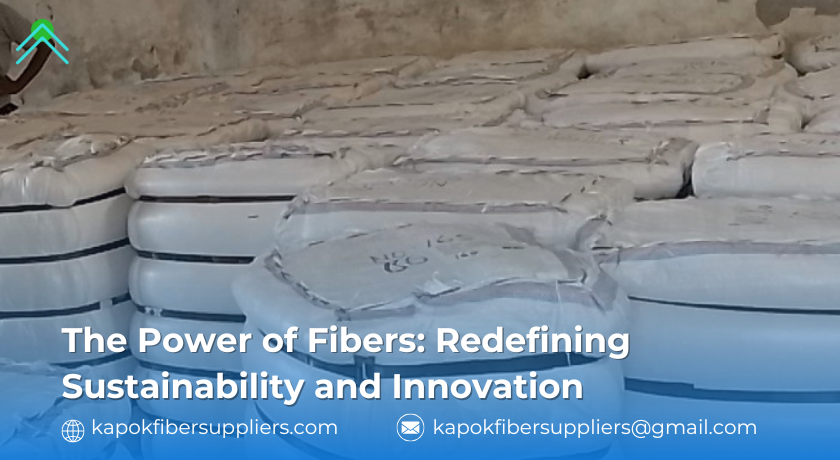
From ancient civilizations to modern industries, fibers have played a crucial role in shaping the way we live. Once limited to textiles and clothing, fibers are now revolutionizing industries like automotive, healthcare, and sustainable packaging. Let’s explore how these essential materials are driving innovation across multiple sectors.
Understanding the Different Types of Fibers
Fibers come in various forms, each with unique properties that make them suitable for specific applications. They can be categorized into:
- Natural Fibers – Derived from plants (kapok, cotton, hemp) and animals (silk, wool), these fibers offer breathability and biodegradability.
- Synthetic Fibers – Man-made fibers like polyester, nylon, and acrylic, known for their durability and cost-effectiveness.
- High-Performance Fibers – Advanced materials such as carbon fiber and aramid, used in industries requiring strength and heat resistance.
- Bio-Based Fibers – Sustainable fibers made from algae, regenerated cellulose, or lab-grown materials to reduce environmental impact.
Key Benefits of Fibers in Modern Applications
The unique properties of different fibers contribute to their widespread use in various industries:
1. Strength and Durability
Advanced fibers such as carbon fiber and Kevlar are known for their high tensile strength, making them indispensable in aerospace, defense, and automotive engineering.
2. Lightweight and Breathability
Kapok, bamboo, and organic cotton provide a lightweight yet breathable alternative for textiles, offering comfort while reducing environmental impact.
3. Moisture Regulation and Insulation
Natural fibers like wool and kapok wick moisture away from the body and provide thermal insulation, making them ideal for all-weather clothing and bedding.
4. Eco-Friendliness and Biodegradability
With sustainability at the forefront of innovation, biodegradable fibers are replacing synthetic materials in fashion, packaging, and construction.
Industries Benefiting from Fiber Innovations
Fibers are transforming a wide range of industries, offering both functional and environmental benefits:
- Fashion & Textiles – Sustainable fibers are reducing waste and pollution in the apparel industry.
- Automotive & Aerospace – Lightweight composite fibers are improving fuel efficiency and vehicle safety.
- Healthcare & Medicine – Antimicrobial and bio-compatible fibers are revolutionizing medical textiles and wearable health devices.
- Smart Technology & Wearables – Conductive fibers are enabling smart clothing and interactive textiles.
- Eco-Friendly Packaging & Construction – Plant-based fibers are replacing plastic in packaging and insulation materials.
The Future of Fibers: Smart, Sustainable, and High-Performance
As technology advances, fiber innovation is becoming even more exciting:
- Recycled and Upcycled Fibers – Turning textile waste into new materials to promote a circular economy.
- Biofabricated Fibers – Developing lab-grown fibers that mimic natural materials while reducing resource consumption.
- Smart and Responsive Fibers – Integrating nanotechnology for temperature regulation, UV protection, and health monitoring.
Conclusion: The Next Era of Fibers
Fibers are no longer just materials for clothing; they are at the heart of global innovation. Whether through high-tech composites, eco-friendly textiles, or bioengineered materials, fibers are leading the way toward a more sustainable and efficient future.
Are you ready to embrace the fiber revolution?

